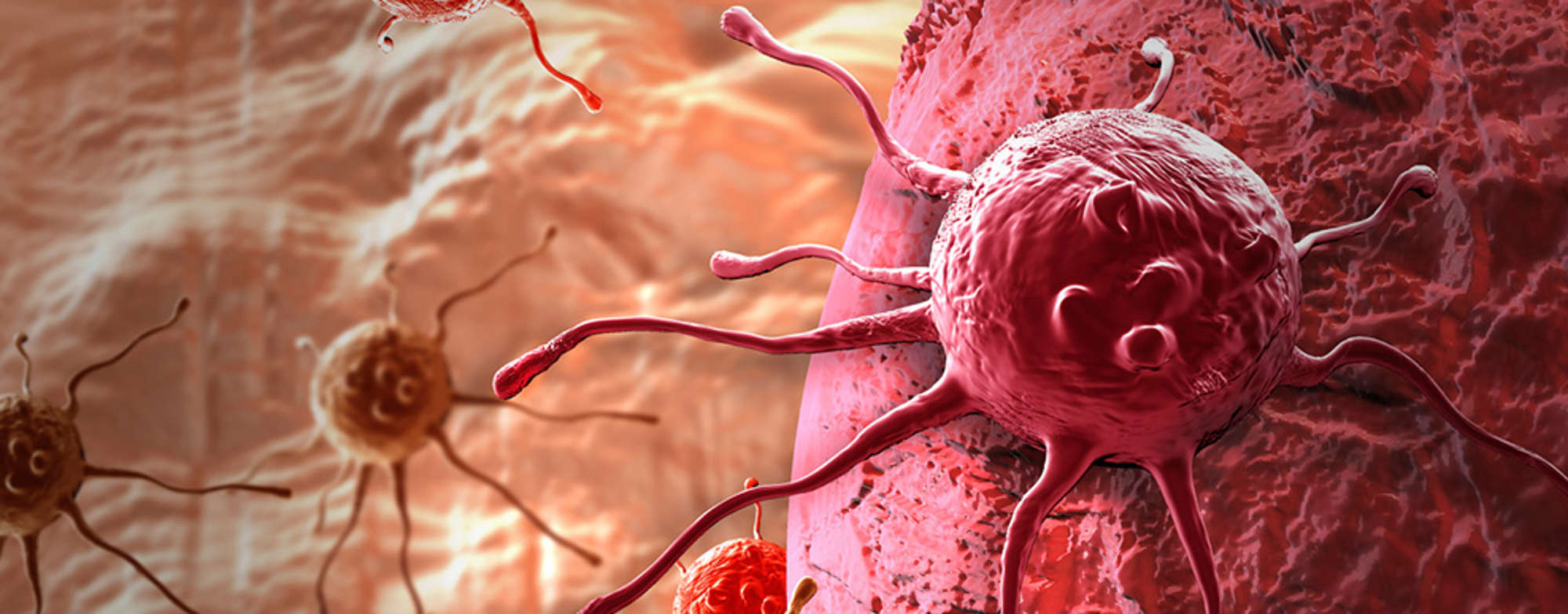Brain Doc and Downhill Junkie Explains the Science of Cannabidiol (CBD)
The earliest accounts of the cultivation and medicinal exploitation of Cannabis can be traced back to the third millennium BC and found in the records of both Chinese and Egyptian medicine. The plant species that fall under the genus Cannabis, such as sativa and indica, have numerous reported health benefits, and parts of the plant and extracts can be inhaled, ingested, or used topically. Although most people associate the term “cannabis” with marijuana, Cannabis sativa actually includes both marijuana and hemp. The primary active components of Cannabis are called cannabinoids, and although the plant produces a variety of these compounds, the two most abundant and well-known of these are THC and CBD.
While Δ9-tetrahydrocannabinol, more commonly known as THC, is the major psychoactive component found in marijuana, cannabidiol, or CBD, is a non-psychoactive cannabinoid found in hemp.
Scientific evidence suggests that CBD has extremely promising health benefits with a much better safety profile, without having the psychoactive and anxiety-inducing effects or the potential for dependency of THC.
In this article, we provide a brief overview of some of the evidence-based health benefits of CBD.
Pain, inflammation, and autoimmune diseases
The majority of anecdotal evidence from CBD users includes references to decreased pain. This is significant, as millions of Americans suffer from chronic pain issues and it’s no secret that we’re in the middle of an opioid crisis, thus any alternative and viable options are good news.
Luckily, several studies on the effects of CBD on pain provide strong evidence that CBD alone is an effective treatment for attenuating pain and inflammation through multiple mechanisms. An acute pain study in rats demonstrated that CBD is effective at abolishing hyperalgesia, likely through its effects on a receptor known to play an important role in pain signaling called TRPV1 [1]. The same research group investigated the effects of CBD in a rat model of chronic neuropathic and inflammatory pain and found that oral CBD administration reduced hyperalgesia to mechanical and thermal stimuli [2]. Another group corroborated those findings and provided further evidence that CBD administration suppresses chronic inflammatory and neuropathic pain in rodents [3].
A later study in mice demonstrated that CBD is protective against chemotherapy-induced neurotoxicity and neuropathic pain [4].
It appears that CBD exerts its anti-inflammatory and anti-nociceptive effects across various tissue types, including ocular, lung, and pancreas tissues. In a study by Thapa and colleagues published earlier this year, CBD administration in a mouse model of corneal injury resulted in decreased pain and inflammation [5].
In 2012 and 2013, two studies reported evidence that CBD has anti-inflammatory effects in mouse models of acute lung injury [6] and acute pancreatitis [7]. In addition to the above mechanisms, Ligresti and colleagues suggest that CBD may exert its anti-nociceptive and anti-inflammatory effects via indirect activation of cannabinoid receptors, influence on adenosine signaling, activation of glycine receptors, and influence on various cytokines [8]. The cytokine modulatory properties of CBD attenuate symptoms in various animal models of autoimmune diseases, including experimental autoimmune encephalomyelitis, rheumatoid arthritis, colitis, diabetes, and psoriasis. The ability of CBD to act as an effective therapeutic in autoimmune diseases is significant, as the prevalence of certain autoimmune diseases is on the rise.

Addiction
Research on the effects of CBD on mental health and addiction has been increasing in recent years, and it is now known that CBD interacts with multiple neural signaling systems involved in the acquisition of addiction and subsequent drug-seeking behaviors. In an animal study investigating the effects of CBD on opioid addiction, researchers found that CBD was able to decrease the reward-facilitating effect of morphine [9], and overall animal data suggests that CBD appears to have a positive effect on the intoxication and relapse phase of opioid addiction (the three phases of addiction are: intoxication, withdrawal, and craving/relapse) [10][10]. CBD may also be beneficial for individuals addicted to tobacco, as Morgan and colleagues demonstrated that CBD played a role in reducing the number of cigarettes consumed by users who are still actively smoking [11].
Neuroprotection, neuroplasticity and psychiatric disorders
CBD has great therapeutic potential when it comes to neuroprotection and treating psychiatric disorders. Through multiple experimental studies, it has been demonstrated that CBD interacts with the serotonin 1A (5-HT1A) receptor. 5-HT1A is present in a variety of tissues and plays a major role in pain, inflammation, and neurocognitive health. A 2016 review by Campos and colleagues highlights the ways in which CBD has been shown to influence neurocognitive health, specifically discussing the ability of CBD to attenuate brain damage in animal models of neurodegeneration and ischemia; attenuate psychotic-, anxiety- and depressive-like behaviors; and enhance synaptic plasticity and neurogenesis [12]. More research needs to be done to elucidate the mechanisms through which CBD has these effects, but it appears that its interaction with the serotonin receptor system plays a major role.
Because of CBD’s potent antioxidant and anti-inflammatory properties, it could become an important therapeutic for neurodegenerative diseases and neurotrauma, as enhanced reactive oxygen species production and inflammation play critical roles in disease and injury pathology and progression. Unfortunately, there are currently very few effective treatments for these types of diseases and injuries due to their complexity and the gaps in research.
As an athlete, I’ve had more than my fair share of concussions from mountain biking, snowboarding, and horseback riding, and I’m aware of the current lack of treatment and extremely hopeful for the future of CBD research in the field of neurotrauma.
For our Veterans who too often experience blunt- and/or blast-related neurotraumatic events, continued CBD research almost takes on an air of desperation. Beyond blunt- and blast-related neurotrauma, CBD also has potential to become a promising therapeutic for ischemia/stroke and specific neurodegenerative diseases like Alzheimer’s disease, Parkinson’s disease, and Huntington’s disease.
Although the majority of scientific evidence for the effects of CBD is derived from animal models, Ligresti and colleagues reference human studies involving CBD and its neurocognitive and emotional effects. These include a study done in healthy humans, where CBD reversed the anxiogenic effects of THC and reduced anxiety in a simulated public-speaking task, and a study providing evidence that CBD is protective against the acute psychotic effects (paranoia and impaired memory) of either THC or ketamine in healthy human volunteers [8].

Anti-tumor
McAllister and colleagues provided evidence for the potent anti-tumor properties of CBD from their published work in 2007 [13][13].
This has widespread implications for all types of cancer because Id-1 expression was found to be up-regulated during the progression of a variety of cancers, including prostate, head and neck, and glioblastoma (brain) cancer. Some of these are incredibly aggressive types of cancer and are often associated with poor prognosis despite current standards of care.
Additionally, as previously mentioned, CBD appears to positively impact the incredibly challenging problem of treating chemotherapy-associated neuropathic pain.
Epilepsy, appetite & atherosclerosis
Early records of Cannabis use indicate that it was used to treat epilepsy thousands of years ago. Experimental animal models have confirmed the beneficial effects of CBD on attenuating convulsions, but the exact molecular mechanisms involved in these observed effects remain unclear. Clinical trials are ongoing for Cannabis-related treatment of different types of epilepsy.
CBD also has interesting effects on appetite. THC is a known appetite stimulant, but CBD appears to interfere with certain activation hunger drives and suppresses appetite. Additionally, CBD has been effective in treating nausea and vomiting, likely through its interaction with 5-HT1A receptors.
Finally, CBD may have beneficial effects upon atherosclerosis by its modulatory effects on immune and vascular cell functioning.

Clinical trials
There are currently over 60 active clinical trials investigating the effects of CBD in various conditions, and over 50 that have been completed since 2001. Many involve CBD/THC combination drugs such as Sativex®, from GW Pharmaceuticals, a UK-based company with US headquarters in California that has been researching and commercializing cannabinoids since 1998.
Sativex® was the world’s first plant-derived cannabinoid prescription drug, which has been approved for the treatment of spasticity due to multiple sclerosis in numerous countries outside the United States. GW’s lead product, Epidiolex® (a liquid CBD product), is in development for the treatment of a number of rare childhood-onset epilepsy disorders and they state that they have multiple product candidates, many of which are high CBD products, in the pipeline for treating head injury, stroke, epilepsy, glioma, and schizophrenia.
Conclusion
All health benefits and outcomes mentioned in this article were derived from research on THC-free CBD. This is important, as the addition of THC alters these outcomes, not to mention that THC-containing products are illegal at the federal level. THC-free CBD products on the other hand are federally legal. Thus, individuals hoping to capitalize on the potential health benefits of CBD can do so without concern of a failed drug test. Athletes and those working in the healthcare industry, I’m speaking to you!
Scientific evidence has shown us that CBD has great therapeutic potential for a variety of medical conditions, many of which have few effective treatment options, and anecdotal evidence suggests that CBD may be even more effective than the current research indicates, especially for those dealing with chronic pain. Scientifically speaking, we’ve only just begun to scratch the surface of all the health benefits of CBD. I think it’s safe to say that we can all look forward to continued research in this field, and who knows, maybe one day CBD supplements will be in everyone’s kitchen cabinets right in front of the B-complex and protein powder.
DIE LIVING
Dr. Katie Pate spends her 9-5 creating medical solutions for battlefield trauma and prolonged field care, and finding ways to improve the quality of life of our Veterans. She has a PhD in Physiology and background in Neuroscience, and has conducted research in a variety of medical fields. When not nerding it up, you can find her doing extreme sports in the mountains of Colorado, unless she’s training at the range and gym, or sitting on her meditation cushion at home with her dog. He meditates, too.
Sources:
Costa, B., et al., Vanilloid TRPV1 receptor mediates the antihyperalgesic effect of the nonpsychoactive cannabinoid, cannabidiol, in a rat model of acute inflammation. Br J Pharmacol, 2004. 143(2): p. 247-50.
Costa, B., et al., The non-psychoactive cannabis constituent cannabidiol is an orally effective therapeutic agent in rat chronic inflammatory and neuropathic pain. Eur J Pharmacol, 2007. 556(1-3): p. 75-83.
Xiong, W., et al., Cannabinoids suppress inflammatory and neuropathic pain by targeting alpha3 glycine receptors. J Exp Med, 2012. 209(6): p. 1121-34.
Ward, S.J., et al., Cannabidiol inhibits paclitaxel-induced neuropathic pain through 5-HT(1A) receptors without diminishing nervous system function or chemotherapy efficacy. Br J Pharmacol, 2014. 171(3): p. 636-45.
Thapa, D., et al., The Cannabinoids Delta(8)THC, CBD, and HU-308 Act via Distinct Receptors to Reduce Corneal Pain and Inflammation. Cannabis Cannabinoid Res, 2018. 3(1): p. 11-20.
Ribeiro, A., et al., Cannabidiol, a non-psychotropic plant-derived cannabinoid, decreases inflammation in a murine model of acute lung injury: role for the adenosine A(2A) receptor. Eur J Pharmacol, 2012. 678(1-3): p. 78-85.
Li, K., et al., Anti-inflammatory role of cannabidiol and O-1602 in cerulein-induced acute pancreatitis in mice. Pancreas, 2013. 42(1): p. 123-9.
Ligresti, A., L. De Petrocellis, and V. Di Marzo, From Phytocannabinoids to Cannabinoid Receptors and Endocannabinoids: Pleiotropic Physiological and Pathological Roles Through Complex Pharmacology. Physiol Rev, 2016. 96(4): p. 1593-659.
Katsidoni, V., I. Anagnostou, and G. Panagis, Cannabidiol inhibits the reward-facilitating effect of morphine: involvement of 5-HT1A receptors in the dorsal raphe nucleus. Addict Biol, 2013. 18(2): p. 286-96.
Prud'homme, M., R. Cata, and D. Jutras-Aswad, Cannabidiol as an Intervention for Addictive Behaviors: A Systematic Review of the Evidence. Subst Abuse, 2015. 9: p. 33-8.
Morgan, C.J., et al., Cannabidiol reduces cigarette consumption in tobacco smokers: preliminary findings. Addict Behav, 2013. 38(9): p. 2433-6.
Campos, A.C., et al., Cannabidiol, neuroprotection and neuropsychiatric disorders. Pharmacol Res, 2016. 112: p. 119-127.
McAllister, S.D., et al., Cannabidiol as a novel inhibitor of Id-1 gene expression in aggressive breast cancer cells. Mol Cancer Ther, 2007. 6(11): p. 2921-7.





